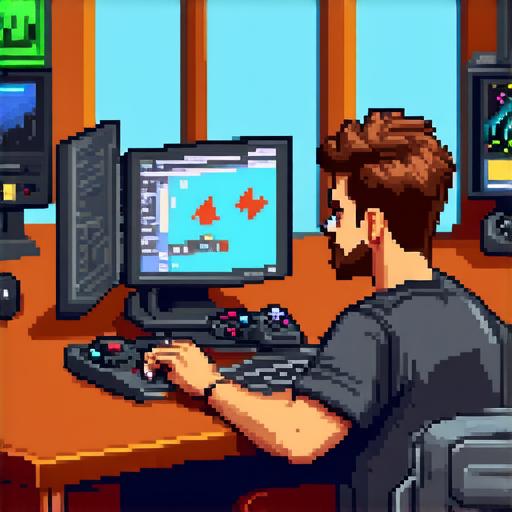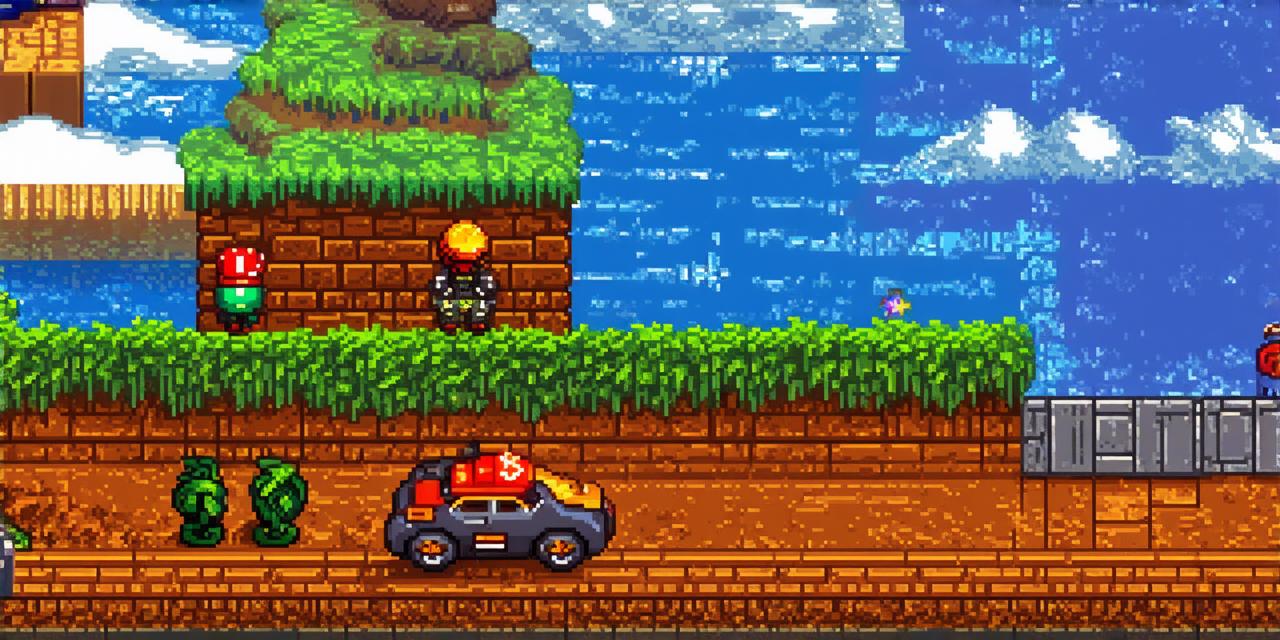Gifs are becoming increasingly popular in the world of video games. They provide a fun and engaging way to capture moments from your game and share them with others.
Introduction: What are Gifs?
Before we dive into the process of creating gifs from video games, it’s important to understand what gifs are and why they are so popular. A gif is a small, animated image that can be used to convey emotion, tell a story, or simply add humor to a message.
The Benefits of Gifs in Video Games
There are many benefits to incorporating gifs into your video game. Here are a few:
- Increased Engagement: Gifs can be a fun way to engage players and keep them interested in your game. They can add humor, emotion, or even provide a sense of progression as players move through different levels.
- Improved Sharing: By incorporating gifs into your game, you make it easier for players to share their experiences with others. This can help to build a sense of community among players and increase the reach of your game.
- Enhanced Storytelling: Gifs can be used to tell stories or convey important information about your game. They can provide context or add depth to a character or plotline, making your game more immersive and engaging for players.
- Better Marketing: High-quality gifs from your game can be used in marketing materials, such as social media posts or ads, to help promote your game and attract new players.
Creating Gifs from Video Games: A Step-by-Step Guide
Now that we’ve established the benefits of incorporating gifs into video games let’s dive into the process of creating them step by step.
- Choose Your Moment: The first step in creating a gif is to choose the moment you want to capture from your game. This could be an epic battle, a funny character reaction, or even a simple animation that you think would be engaging for players.
- Record the Video: Once you’ve chosen your moment, you need to record the video. There are many tools available for this, including built-in recording features in most video game consoles and PCs. You may also want to consider using a screen capture tool or software specifically designed for capturing game footage.
- Edit the Video: After you’ve recorded your video, you can begin editing it to create your gif. There are many tools available for this, including free and paid options. Some popular choices include Adobe Premiere Pro, Final Cut Pro, and iMovie.
- Choose Your Frame Rate: When editing your video, it’s important to choose the right frame rate for your gif. A frame rate of 24 frames per second (fps) is commonly used for gifs because it provides a smooth animation that looks good on most devices. If you’re planning on sharing your gif on social media, be sure to use a file size that won’t cause issues with loading times.
- Export the Gif: Once you’ve edited your video and chosen your frame rate, you can export your gif in a variety of formats, including GIF, PNG, and JPEG. There are many tools available for this, including online converters and software specifically designed for creating and editing gifs.

